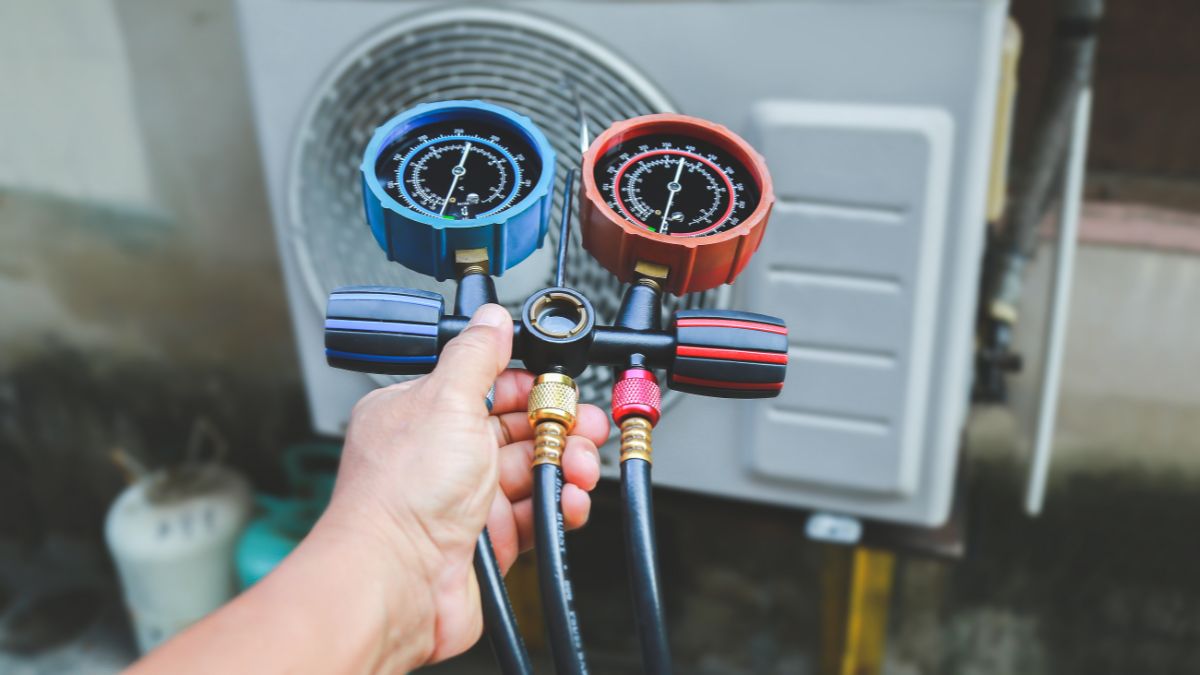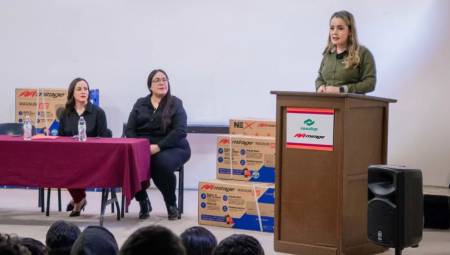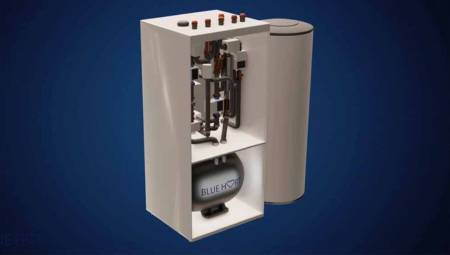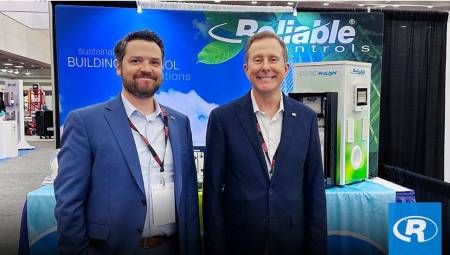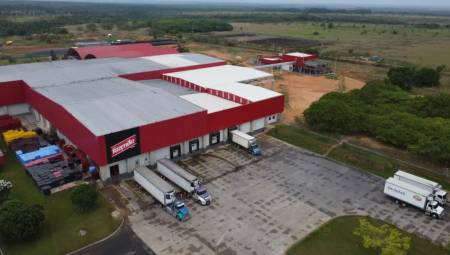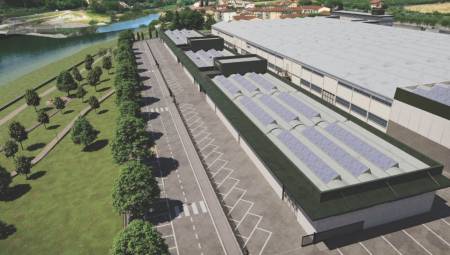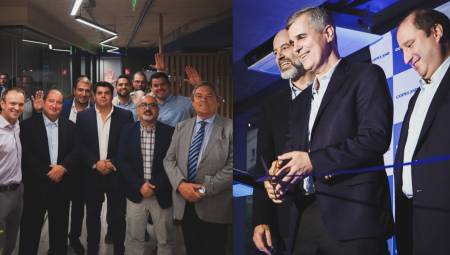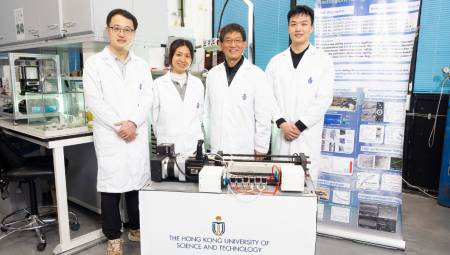International. Technologies that address and solve the climate crisis rank high among the best, according to the World Economic Forum's (WEF) 'Top 10 Emerging Technologies of 2024' report.
Highlighting the dynamism with which this technology has been developed, the multilateral organization indicated that "heat pumps that use elastocaloric materials, such as nickel and titanium, are proving to be more energy efficient than traditional heating and cooling systems."
Characteristics
According to the World Economic Forum, elastocaloric technology is a rapidly advancing field, described as "heating systems that work like muscles," which could offer more sustainable ways to stay cool. With an increasingly warming climate and increasing demand for data, this has never been more important. Heat pumps that use elastocaloric materials such as nickel and titanium – which emit heat when mechanical stress is applied and cool when the stress is relaxed – are proving to be more energy efficient than traditional heating and cooling systems.
Another advantage is that they do not require the use of environmentally harmful refrigerant gases and can be used for cooling in areas with limited or no grid infrastructure, according to the report. A study by the United States Department of Energy places these heat pumps as the most promising alternative to current systems.
In the midst of the climate crisis, microorganisms are proving to be a valuable resource. Capable of capturing greenhouse gases from the air or exhaust gases, they are converting emissions into valuable products such as biofuels, which have the potential to reduce global warming.
There are two main types of microbial carbon capture. The first uses organisms such as cyanobacteria and microalgae that "eat" carbon through photosynthesis; the second uses microorganisms that use renewable energy sources – such as hydrogen or organic waste streams – to capture CO2, which is then converted into new products, such as biodiesel and protein-rich feed.
Animal agriculture relies on the production of proteins such as soybeans, which can lead to deforestation, biodiversity loss, over-fertilization, and greenhouse gas emissions from land-use changes. According to the report, alternative forages – or protein feed for livestock obtained from single-cell proteins, algae and food waste – could be viable and sustainable substitutes for such products, particularly as demand increases.
Potential
The Adolfo Ibáñez University, in Chile, points out that although a study by the United States Department of Energy already cataloged this technology in 2014 as the most promising alternative to current systems, it is still not well known by the general public or by professionals who work in the area.
 "You have to consider that developments are still in the prototype stages and a technology, to become commercial, generally requires at least 20 years," says Rodrigo Barraza, an academic and researcher at the Center for Research in Solar Energy (SERC Chile) and the Center for Energy Transition (Centra) of the higher education institution.
"You have to consider that developments are still in the prototype stages and a technology, to become commercial, generally requires at least 20 years," says Rodrigo Barraza, an academic and researcher at the Center for Research in Solar Energy (SERC Chile) and the Center for Energy Transition (Centra) of the higher education institution.
Due to its novelty, there are challenges in terms of costs, reliability and the need to improve the useful life of materials, adds the academic, who believes that its adoption will depend on how much is invested in overcoming technical and economic obstacles.
 Researcher Hicham Johra sees great potential in this technology and in which it is worth investing effort and money. Above all, "to develop a new generation of sustainable heating and cooling systems, which may not completely replace vapour compression technology, but could occupy a significant part of the heating and cooling demand of buildings and vehicles".
Researcher Hicham Johra sees great potential in this technology and in which it is worth investing effort and money. Above all, "to develop a new generation of sustainable heating and cooling systems, which may not completely replace vapour compression technology, but could occupy a significant part of the heating and cooling demand of buildings and vehicles".


